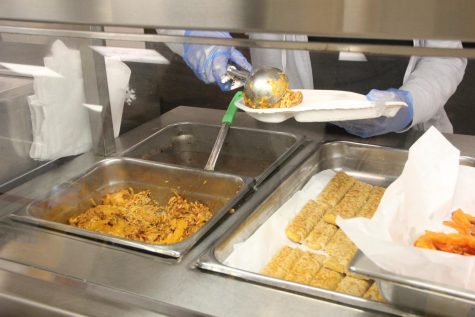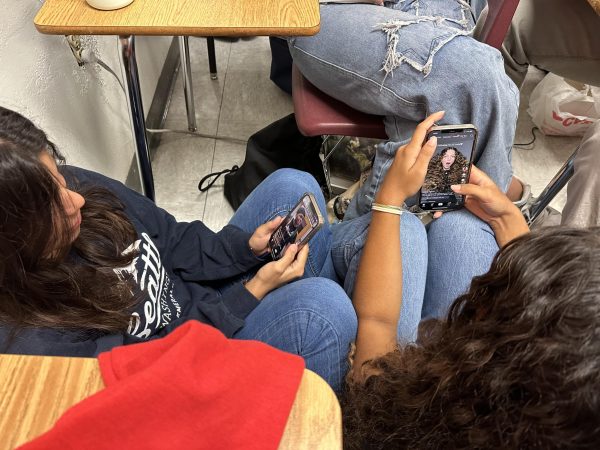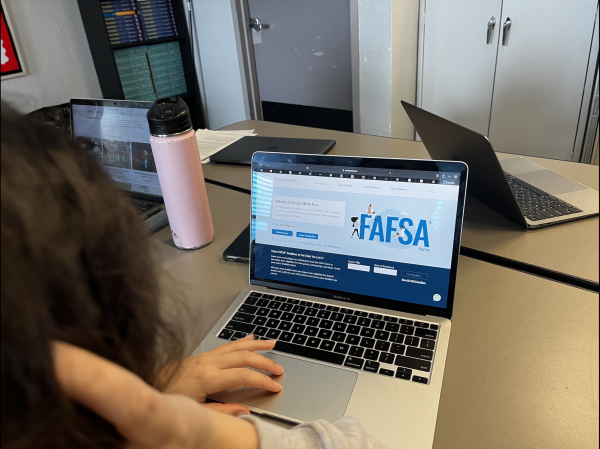USDA Extends Free Food Program for the 2021-2022 School Year
The United States Department of Agriculture has decided to extend the universal free lunch program across all high schools that it had first instituted due to the pandemic. In an effort to fight food insecurity, especially while unemployment rates are at all time highs, the free lunch waivers in all public schools will continue until the end of the 2021-2022 school year.
Over 54 million families have experienced food insecurity during the pandemic, including 18 million children. This means One in four American households are experiencing trouble providing for themselves and their families. Before COVID-19 laid off tens of millions of workers, food insecurity was at the lowest point since the Great Recession. However, the pandemic has added over 17 million households with issues like these.
In order to combat these growing issues, especially with children, the USDA has officially extended the universal free lunch across the United States. This means students are able to attain free breakfast and lunch at their school, which will help those who may not have the resources available at home. Studies have found that access to nutrition can enhance a student’s overall psychosocial well-being and their ability to retain and expand their education, which is why free access is so vital in the public school system.
“I think the expansion of free lunch programs until the next school year is a great opportunity to ensure those who may not have the resources, to receive the proper nutrition they need. At the end of the day, having a qualified breakfast and lunch are the building blocks to expanding every student’s ability to learn. Everyone needs a good meal to take advantage of their daily learning,” Coral Gables Mayor-Elect Vince Lago said.
The USDA provides the groundwork for food, agriculture, natural resources, rural development, nutrition and related issues based on public policy. By creating standards and rules, they help effectively manage any number of factors related to the issues, and in this case, the distribution of school lunches, their availability and included subsidies. The National School Lunch Program, which is a program under the USDA, is more involved in the distribution of meals at school. The federally assisted meal program provides low-cost or no-cost meals to students everyday. In 2016, the program aided 30.4 million children.
“This decision is great for students who have issues attaining food at home, by ensuring that they are secured breakfast and lunch at school for free. Not to mention drive-by programs that offer food to lower income families even after school or during breaks. Everyone knows how important it is, for kids especially, to not learn on an empty stomach,” sophomore Austin Yagoda said.
Here at Coral Gables Senior High, food insecurity is just as prevalent. Congress passed the Elementary and Secondary Education Act in 1965, providing more federal funding to schools that exhibit a high volume of low-income background students. Title One refers to specific funding for schools with over 40% of these types of students in order to provide facilities such as food and electronic equipment. As a title one school, over 70% of our students come from families that are eligible for free lunch and other benefits.
In Miami-Dade County alone, there are more than 240,000 people who face issues feeding their families; of which, over 89,000 are children. While this is below the national average for counties across the United States, it still makes up around 11% of the population. This means the USDA’s decision will provide better availability to students in Miami-Dade for a longer period of time and most likely reduce the issue facing the county.
Your donation will support the student journalists of Coral Gables Senior High School. Your contribution will help us cover our annual website hosting costs.

Massimo Aguila is a senior in the International Baccalaureate program returning to CavsConnect for his third year. He expresses strong interests in medicine,...

Arianna Hoyos is a junior in the International Baccalaureate program and a second-year staff member returning this year as the CavsConnect Features Editor....

Kennedy Martin-Jones is a junior in the International Baccalaureate (IB) program at Coral Gables Senior High. She has a passion for editing videos, taking...



















